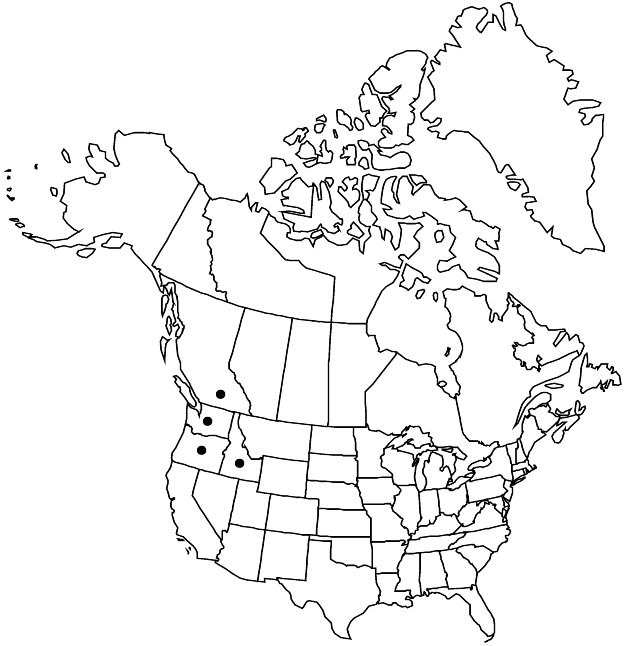Difference between revisions of "Eriogonum niveum"
Trans. Linn. Soc. London 17: 414. 1836.
FNA>Volume Importer |
FNA>Volume Importer |
||
| Line 55: | Line 55: | ||
|publication year=1836 | |publication year=1836 | ||
|special status= | |special status= | ||
| − | |source xml=https://jpend@bitbucket.org/aafc-mbb/fna-data-curation.git/src/ | + | |source xml=https://jpend@bitbucket.org/aafc-mbb/fna-data-curation.git/src/f6b125a955440c0872999024f038d74684f65921/coarse_grained_fna_xml/V5/V5_643.xml |
|subfamily=Polygonaceae subfam. Eriogonoideae | |subfamily=Polygonaceae subfam. Eriogonoideae | ||
|genus=Eriogonum | |genus=Eriogonum | ||
Revision as of 20:09, 24 September 2019
Herbs, erect to decumbent or prostrate, loosely matted, not scapose, 2–6 × 1–4(–6) dm, tomentose to floccose. Stems spreading, with or without persistent leaf bases, up to 1/4 height of plant; caudex stems absent or spreading to matted; aerial flowering stems erect to spreading or decument to prostrate, slender, solid, not fistulose, (0.5–)1–3 dm, tomentose to floccose. Leaves 1 per node, sheathing up stems (1–)3–10(–12) cm; petiole often twisted or curled, 1–10 cm, usually tomentose; blade lanceolate or broadly lanceolate to elliptic or narrowly ovate, (1–)1.5–6(–8) × 0.6–1.5 cm, densely lanate on both surfaces or densely white-tomentose abaxially and grayish-tomentose to floccose adaxially, margins plane, rarely brownish. Inflorescences cymose, 10–30 × 50–250 cm; branches dichotomous, tomentose to floccose; bracts 3, semileaflike to leaflike, lanceolate to narrowly elliptic, and 5–30 × 3–20 mm proximally, scalelike, triangular, and 1–4(–5) mm distally. Peduncles absent. Involucres 1 per node, turbinate, 3–5 × 2–3 mm, tomentose to floccose; teeth 5, erect, 0.5–1.5 mm. Flowers 3–6 mm; perianth cream to reddish, glabrous; tepals connate proximally, dimorphic, those of outer whorl oblong to oval, 3–6 × 2–4 mm, those of inner whorl oblanceolate to oblong, 4–6 × 1–2 mm; stamens included to slightly exserted, 2–5 mm; filaments pilose proximally. Achenes light brown to brown, (3.5–)4–4.5(–5) mm, glabrous.
Phenology: Flowering Jun–Oct.
Habitat: Sandy to gravelly flats, slopes, bluffs, and rocky, often volcanic outcrops, mixed grassland and sagebrush communities, montane conifer woodlands
Elevation: 30-1100(-1300) m
Distribution

B.C., Idaho, Oreg., Wash.
Discussion
Eriogonum niveum is a highly variable species with a multitude of minor expressions that do not appear to have any biogeographic or taxonomic significance. The species is found mainly on the grassy plains east of the Cascade Range in southern British Columbia, west-central Idaho, northeastern Oregon, and eastern Washington. Some populations closely approach E. strictum var. proliferum, but the densely lanate leaves and semileaflike to leaflike bracts nearly always distinguish E. niveum from that taxon where their ranges overlap. It may well prove that E. niveum would be better treated as a subspecies of E. strictum, but the nomenclatural combination is not available and it is not suggested here. The plants do well in cultivation.
N. J. Turner et al. (1980) reported that the snow wild buckwheat was used by the Okanagan-Colville people for colds and as a wash for cuts.
Selected References
None.